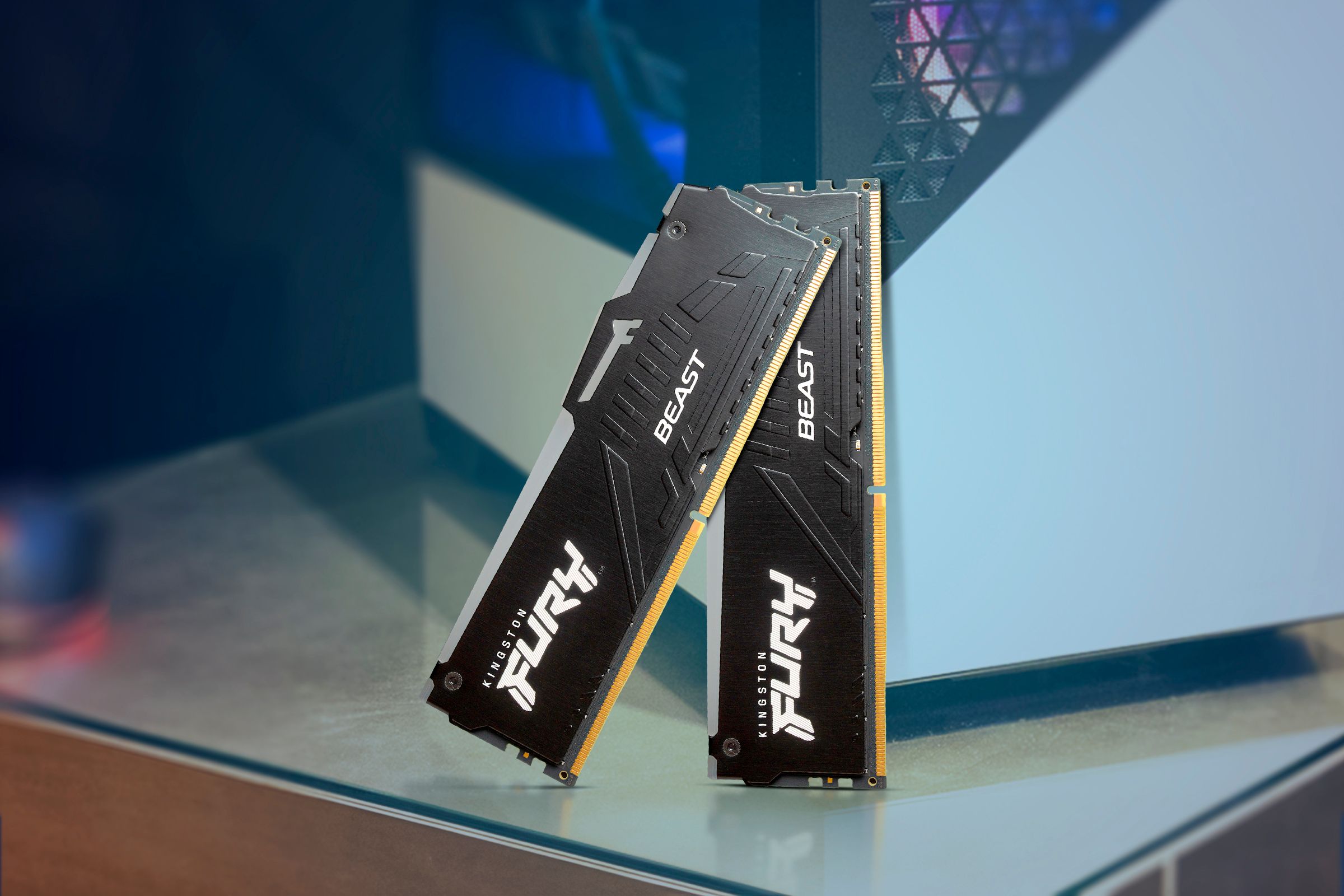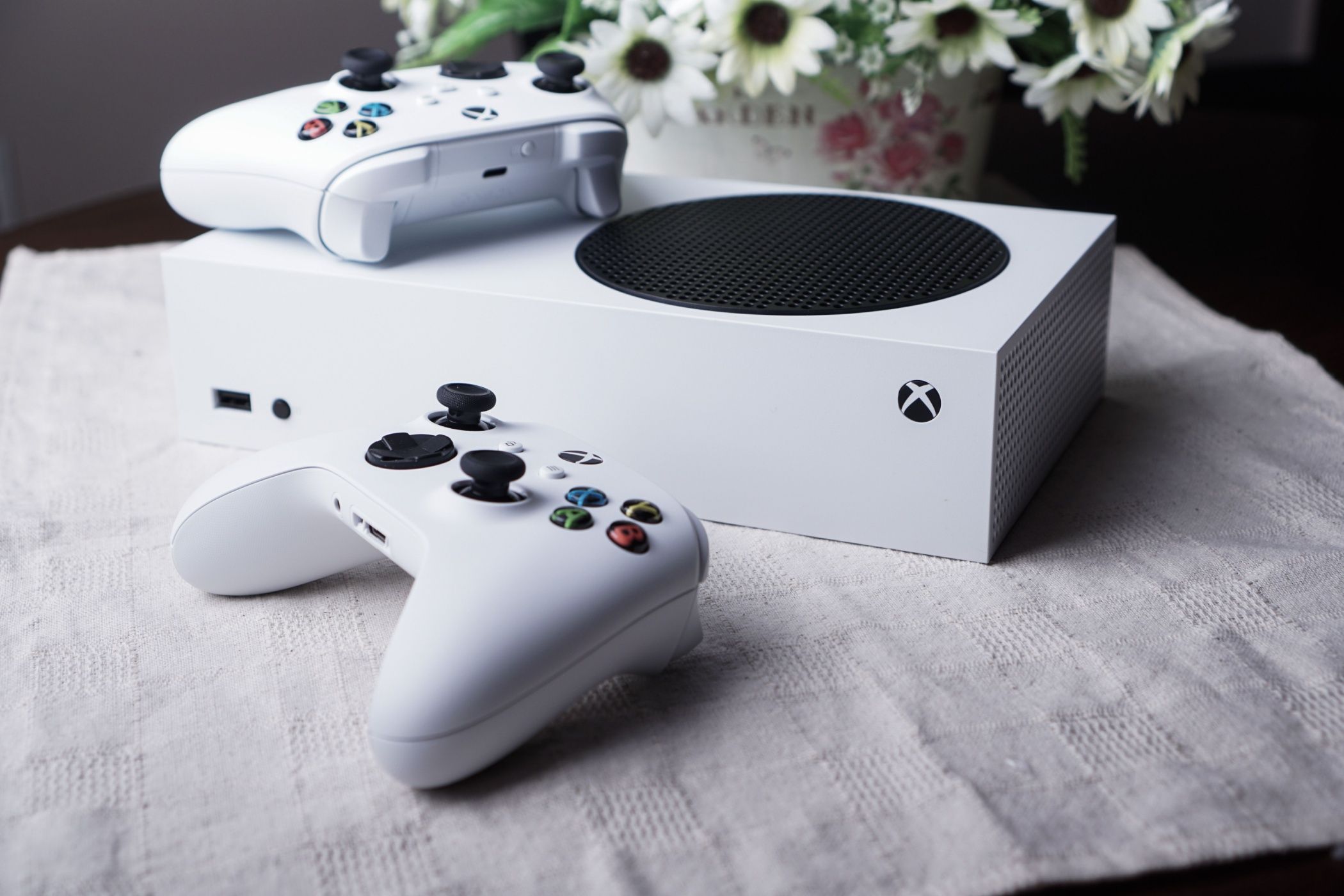Every Smartphone I’ve Ever Owned, Ranked
Android
I got my first smartphone back in 2004, and in the following two decades, I’ve owned 10 smartphones in total. I cherish most of the phones that have graced my pockets in some way or another, but only one can take the cake.
10 HTC One V
It was the spring of 2012, and I was super excited on my way to my carrier’s office to sign a new contract and get me an HTC One V. I’m finally getting a smartphone with an iGPU; I’m finally able to play those sweet 3D Android games!
And let me tell you, the first couple of weeks were loads of fun. I’d downloaded a bunch of games, and totally neglected my gaming PC for weeks. All my gaming time was spent on my phone. Angry Birds, Fruit Ninja, Dungeon Hunter 2, the mobile version of Dead Space. I played them all.
But after the honeymoon period ended, the drawbacks had started to show. The main two were only 512MB of RAM and 1GB of internal storage. This resulted in apps taking forever to load, oftentimes crashing or just refusing to start at all.
I remember being late to a class once, and since I lived five minutes from the faculty building, I wanted to send a text to a friend to let the professor know I’d be right there. But the messaging app took so long to open that I reached the classroom before I was able to type the text…
Then there was the speakerphone, which broke down three times in two years of ownership. Each time, I had to take it to the carrier to fix it and wait over a month to get it back. The headphone jack also died, so I had to take the phone for repairs four times over the span of two years I had owned it.
The phone met its end when I dropped it in the sink while doing the dishes and trying to change the song on the MP3 player. I pulled it out immediately and sank it into a bowl of rice, but it was too late.
9 HTC Wildfire
I got this phone in 2011 as a prize in a random promotion my carrier ran I wasn’t even aware of. The phone had just arrived at my house and I got a phone call from a PR representative telling me about winning the prize. Well, sure, why not. My HTC Tattoo worked great, but I won’t refuse a free upgrade.
Well, the Wildfire was an upgrade, but much less substantial than I thought it would be. The same low-res screen, the same poor SoC without an iGPU, but hey, at least I didn’t have to put up with a resistive touch screen anymore, and the Wildfire featured that super-cool optical trackpad thingy!
What I remember the Wildfire for was that it was the first smartphone I installed a custom ROM onto. It was the legendary CyanogenMod, of which LineageOS is the spiritual successor, that allowed me to overclock the CPU and unlock all kinds of cool extra features not found on stock Android.
8 Samsung Galaxy S21 FE
This is my current phone, and it’s fine, I guess. It’s the fastest phone I’ve ever owned, and it’s still receiving major OS updates and regular monthly security patches. It’s got a phenomenal 120Hz OLED screen, and it gets the job done, but I’m kind of indifferent to it.
It’s just that it looks like the golden era of smartphones has ended, and all we’ve got now are incremental upgrades that don’t matter as much as before. Ten years ago, I’d get a new phone, and it would have a massively better display, camera, and heaps more performance. Let’s also not forget about the massive new features that shipped with every new Android and iOS version.
But nowadays, you might get a slightly better camera, an SoC that’s much faster than the last one, but only on paper, since you cannot see the difference between the two in day-to-day usage.
That said, I am excited about the TSMC-made Google Tensor G5, and I hope that the Pixel 10 will rekindle that excitement I had for getting a new phone that sort of died off in the last half a decade or so.
7 Xiaomi Mi Mix 2
It was 2018, and I wanted to get my first brand-new flagship. The Xiaomi Mi Mix 2, with its bezel-less design (if we ignore that massive chin), was the phone that piqued my interest. The first couple of months of using it were exciting, mostly because of its slick design and great hardware.
Software, on the other hand, was anything but great. I’d never gotten used to MIUI. After trying to adapt to it for the first couple of weeks of ownership, I gave up and installed my go-to Android launcher, Nova, which is currently in dire straits. But having to deal with the default settings menu and other parts of the system Nova launcher couldn’t reach, soured the taste of an otherwise great phone.
6 Nokia 6260
The Nokia 6260 was an amazing phone that kept all the good stuff found in the Nokia 6600 while adding bold and brilliant design. I loved the phone and often used it as a camcorder. I played games on it all the time, and rotating the screen and using a flip phone like a regular handset was the coolest thing ever. This was a phenomenal phone, and I only have good memories of it.
5 HTC Tattoo
The HTC Tattoo was my entry ticket to Android. Despite its poor, iGPU-less SoC and resistive touchscreen that was hard to use with your fingers, I still love it because it opened my eyes to Android back in 2010.
I’d spend hours just browsing the Android Market and trying out cool new apps and games (well, those that the phone could actually run), exploring HTC’s gorgeous-looking SenseUI, and just enjoying the new and exciting, touch-first smartphone era. It was a blast.
4 Nokia Lumia 520
After two years of struggling with the HTC One V, it was time to sign a new contract and get a new phone. Windows Phone was the exciting underdog at the time, so I naturally picked a Windows Phone device, a Nokia Lumia 520.
I was awe-struck by the Metro UI, the best smartphone UI I’ve ever seen, and the unbelievably fast performance of a budget phone in the era when budget Androids were slower than a dead snail.
Then came the Windows Phone 8.1 update and, my gosh, adding transparent tiles made an already gorgeous UI even prettier. I’d switch my wallpaper and rearrange tiles every other day and just feast my eyes on my creations. But the app selection was poorer than a church mouse (partially thanks to Google’s refusal to bring its apps to Microsoft’s mobile OS), which ultimately made me switch back to Android.
3 Sony Ericsson W950
Having 4GB of storage in a phone in 2008 was like having 4TB in 2024. Couple that with a fantastic MP3 player, Walkman branding, and stupendously good earphones that were bundled with it, and a teen who lived and breathed music just had to get themselves a Sony Ericsson W950.
I loved this phone so much, and still do. Every second of listening to music on it was pure aural bliss. Despite packing 4GB of memory, I’d connect it to my PC every other day and spend hours trying to decide which albums to delete and which to transfer to the phone.
The OS was also pretty solid. Sony Ericsson’s flavor of Symbian, known as UIQ, worked rather well. Despite losing the stylus (it was so tiny!) after just a few months, and the phone’s resistive touchscreen, I’d never had issues navigating around it, mostly thanks to the jog dial the UI was optimized for. I didn’t even care about not having a camera because the W950 gave me the best music experience I’ve ever had.
2 HTC One (M8)
After my two-year stint with Windows Phone, I wanted to return to Android. This time, though, the plan was to get me a flagship instead of a budget or a midranger because, after using the Lumia 520, I didn’t want to settle for subpar performance anymore.
Since I was just starting my writing career and money was tight, the only way to get my hands on a flagship was the used market. So, in 2016, I got a 2014 flagship for just €200, the famous HTC One (M8), the most attractive phone I’ve ever held in my hands.
The performance was unbelievable. The 4MP camera perhaps didn’t match other flagships in sheer sensor resolution, but I managed to snap some impressive photos with it; the speakers were the best phone speakers I’ve ever heard, 32GB of storage was enough for tons of music, and the Sense UI was in its prime. The only issue was the battery life, which wasn’t great from day one, since the phone was already two years old by the time I bought it.
The One M8 was slippery as soap, so I had to dress it up in a case when outside. But as soon as I entered my apartment, the case was gone. I didn’t want to separate from it, ever, but by mid-2018, the battery had noticeably degraded, and replacing it would cost me a fortune, so I begrudgingly moved on.
1 Nokia 6600
The Nokia 6600 was my first smartphone. Coming from a then-woefully dated Siemens C35, the 6600 was like moving from a bicycle to a spaceship. Symbian was a proper revelation. I had spent countless nights with a friend who shared my smartphone passion, just trying out new apps and games, which we transferred from his PC via Bluetooth (we felt like living in the future back then).
Having a camera on your phone in 2004 simply cannot be compared to any feature found in modern smartphones. You could take a photo of every interesting moment, even record videos with that tiny thing that fits in your pocket.
You could also install a freakin’ MP3 player, slot an MMC card, and listen to proper MP3 songs, whole albums even, on your phone! Or play console versions of Tomb Raider and Tony Hawk’s Pro Skater, again, on a phone!
The mid-aughts truly was a period when you were blown away by tech every single day. I didn’t use the Nokia 6600 for long (it died in an unfortunate accident less than a year after getting it), but the phone remains the most impressive piece of hardware I’ve ever owned, and my favorite smartphone to date.


























